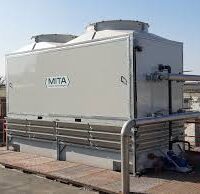Round Type Cooling Tower
Made of FRP, the Bottle Shape Cooling Tower offers high resistance to corrosion and harsh conditions. This makes it perfect for long-term cooling in industries requiring consistent performance under demanding circumstances.
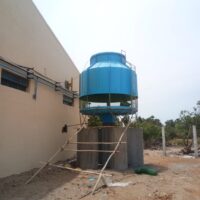
Cross Flow Cooling Tower
With a cross-flow configuration, this cooling tower maximizes heat exchange efficiency by directing air horizontally and water vertically. It is ideal for cooling larger systems, such as power plants and large industrial facilities.
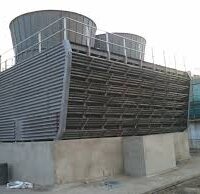
Wooden Cooling Tower
Wooden cooling towers are designed to effectively handle water with high TDS, using specialized nozzles for optimal cooling. Their ability to handle tough water quality ensures reliable performance, making them a preferred option for many industrial applications.
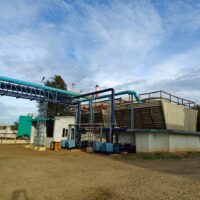
Evaporative Cooling Tower
These cooling towers rely on evaporation to transfer heat from the system. The use of natural processes for heat removal makes them both cost-effective and environmentally friendly, ideal for industries
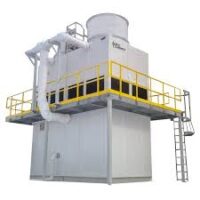
Dry Cooling Tower
In dry cooling towers, heat is removed using only air, eliminating the need for water. This makes them perfect for regions with limited water availability and industries looking to reduce their water consumption.
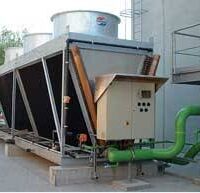
Natural Draft Cooling Tower
These cooling towers rely on natural convection to move air, eliminating the need for mechanical fans their hyperbolic shape is designed to encourage airflow.
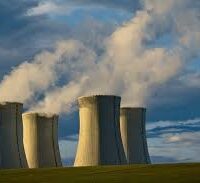
RCC Cooling Tower
RCC cooling towers are large, robust structures capable of handling heavy-duty industrial applications. Their reinforced concrete design makes them ideal for cooling large systems that require high thermal loads.
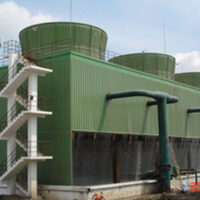
Square Type Cooling Tower
Square Type Cooling Towers feature an induced draft counterflow design, which helps efficiently dissipate heat. These towers are ideal for industries needing consistent and reliable cooling
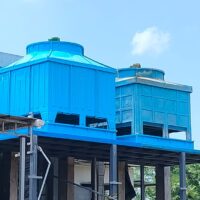
Closed Circuit Cooling Tower
Designed to optimize heat exchange while conserving water, closed-circuit cooling towers are well-suited for industries focused on reducing water usage. These systems circulate fluid through heat exchangers, providing efficient cooling without relying on large volumes of water.
